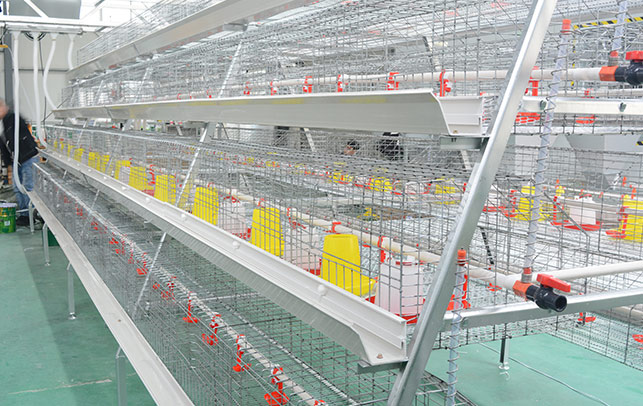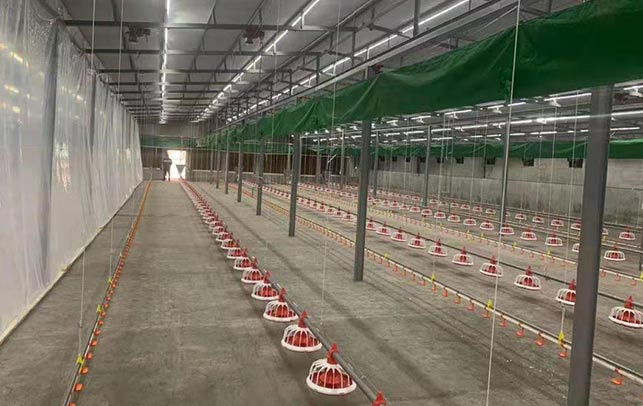Bird Farming in Kenya: A Comprehensive Guide
Time : 2025-05-13
Hey there, fellow poultry enthusiasts! If you’re curious about the thriving bird farming industry in Kenya, you’ve come to the right place. In this article, we’ll dive deep into the world of bird farming in Kenya, covering everything from the types of birds being raised to the challenges and opportunities in the market. So, let’s get started and explore this fascinating topic together!
Introduction to Bird Farming in Kenya
Bird farming, or poultry farming, has become a significant part of the agricultural landscape in Kenya. With a growing population and increasing demand for protein-rich foods, the industry has seen substantial growth over the years. From backyard chicken coops to large-scale commercial farms, bird farming in Kenya is a diverse and dynamic sector.
Types of Birds Raised in Kenya
Kenya’s bird farming industry is diverse, with farmers raising various types of birds for different purposes. Here are some of the most common species:

- Broiler Chickens: These are the chickens bred for meat production. They grow quickly and are highly sought after for their tender, juicy meat.
- Laying Hens: These hens are bred for their egg-laying capabilities. They produce a high number of eggs, making them a popular choice for both commercial and household use.
- Broiler Turkeys: Similar to broiler chickens, these turkeys are bred for meat production and are known for their rich, flavorful meat.
- Broiler Ducks: These ducks are raised for their meat and are becoming increasingly popular due to their health benefits and versatility in the kitchen.
- Guinea Fowls: Known for their tough meat, guinea fowls are a traditional meat source in many Kenyan households.
Challenges and Opportunities in Bird Farming
Like an y industry, bird farming in Kenya faces its own set of challenges and opportunities. Let’s take a closer look at both:
y industry, bird farming in Kenya faces its own set of challenges and opportunities. Let’s take a closer look at both:
Challenges
- Poor Access to Financing: Many small-scale farmers struggle to access financing for their farming operations, which can hinder their growth and productivity.
- Health Issues: Poultry diseases can be devastating to bird farming operations, leading to significant financial losses.
- Lack of Training and Education: Many farmers lack the necessary training and education to manage their farms effectively, which can impact their yields and profitability.
Opportunities
- Market Demand: The demand for poultry products is on the rise, offering a great opportunity for farmers to increase their production and revenue.
- Government Support: The Kenyan government has been supportive of the poultry industry, offering various incentives and programs to help farmers thrive.
- Technological Advancements: New technologies, such as automated feeding systems and disease monitoring tools, are making it easier for farmers to manage their operations efficiently.
Best Practices for Successful Bird Farming
So, you’re ready to jump into the world of bird farming in Kenya? Here are some best practices to help you succeed:
- Choose the Right Breed: Depending on your goals, whether it’s meat or eggs, select the breed that best suits your needs.
- Proper Feed Management: Ensure your birds have access to a balanced diet that meets their nutritional requirements.
- Hygiene and Biosecurity: Keep your farm clean and implement biosecurity measures to prevent the spread of diseases.
- Regular Health Checks: Monitor the health of your birds regularly and seek veterinary assistance when needed.
- Marketing and Sales: Develop a solid marketing plan to ensure you can sell your products effectively.
Conclusion
Bird farming in Kenya is a dynamic and growing industry with immense potential. By understanding the challenges and opportunities, and following best practices, you can make a successful career out of it. So, what are you waiting for? It’s time to get your hands dirty and start farming those birds!












